Tramways and Railways
If you look carefully in and around Newbold, you will see the remains of a number of tramway and railway lines. If you had lived in the village in the 19th and the first part of the 20th century, the sight and sounds of wagons being pulled along tram and railway lines would have been commonplace. As mines and other industries opened and expanded around the village, tramways and railways were built to transport products and materials to and from Newbold.
A horsedrawn tramway was opened in 1802, and carried limestone from Cloud Hill Quarry, in Worthington, and ran from the quarry to the Ashby Canal at Willesley. The tramway passed close to the west of Newbold village as shown by the orange dotted line.
Heavy horses would have pulled wagons along rails.
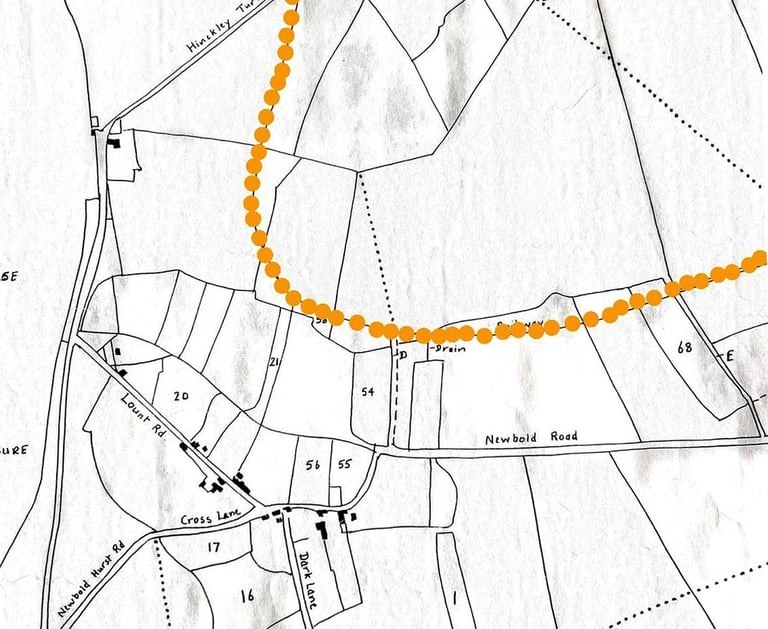

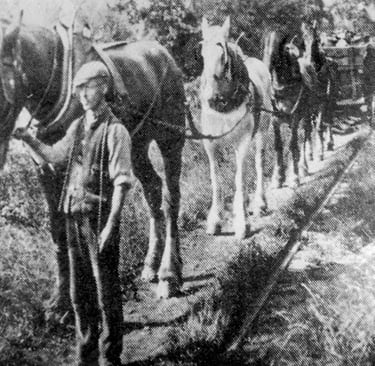

The Ashby to Derby line also carried passenger trains. Passengers from Newbold would catch the train at Worthington Station (near the entrance to the Cloud Trail car park). Passenger transport ceased in 1933, people then had to travel to and from the village by bus.
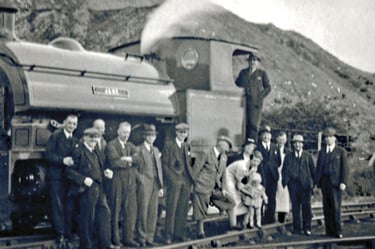


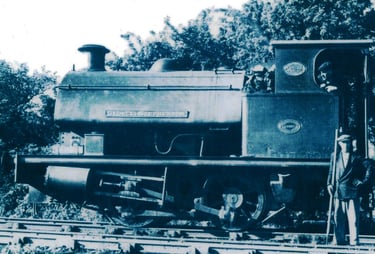
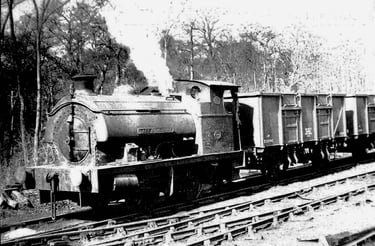

The Coleorton Railway became obsolete in 1874, a year after the Ashby to Worthington Tramway of 1802 was replaced by a standard gauge steam railway from Ashby to Derby.
Coleorton historian Samuel T Stewart has a website that publishes his book entitled - A history of the Coleorton Railway and Charnwood Forest Canal. Link to website
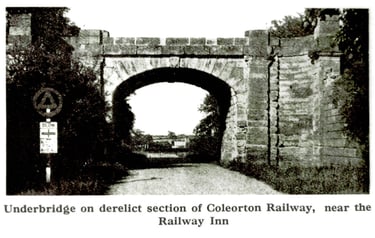

In 1920, W J Hardy opened Lount Colliery in Newbold Spinny. In 1922, this mine was taken over by The Leicestershire Colliery & Pipe Company Ltd. which then opened New Lount Colliery across the road on what is now Lount Nature Reserve. New Lount Colliery was opened in 1924 and operated until 1968. A railway line was built to connect New Lount Colliery to the Ashby to Derby railway line. This new line used part of the Coleorton Railway route with trains running through the Newbold Tunnel to the sidings on the Ashby to Derby line. Fully laden coal trucks were then transported to Derby or Leicester (via Ashby). Presumably, clay from New Lount colliery would also have been transferred to the pipe yard and the brick works along this route.
New Lount Colliery had two steam trains initially, the George Stephenson (1924-1965) and the Lady Beaumont (1929-1963). A third locomotive was added in 1938 called Jane. All three trains remained in service until the 1960s. The Lady Beaumont was eventually replaced by a Thomas Holl diesel engine in 1964.
In 1830, Benjamin Walker, a local entrepreneur took the lease of Smoile Colliery from Sir George Beaumont to expand his coal mining enterprises. Benjamin, who lived at Newbold Farm had already begun to extract coal from the cylinder mine near Railway Cottages to the east of the village in 1827. In order to sell his coal further afield, Benjamin needed a way to transport his product out of the village. He joined a consortium of businessmen which included Robert Stephenson (son of George Stephenson), and Sir George Beaumont, who commissioned the Coleorton Railway in 1833 to serve the increasing number of mines in the area.
A map from 1832 shows the proposed route of the Coleorton Railway. It was intended (as shown on the map) that the railway would run from Swannington to join up with the Ashby De La Zouch Railway. This never happened. The line came into Newbold eventually passing under the Newbold Tunnel (1837) and stopped short of the Ashby De La Zouch Railway. The completed Coleorton Railway was a horse drawn tramway and linked Newbold to Swannington. It was here that goods could be transferred onto a steam locomotive railway which ran from Swannington to Leicester.
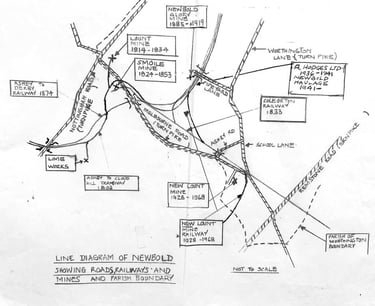

Interesting Fact
The Ashby to Derby line was used as a Military railway from 1939 and used the Smisby to Derby section. The Ashby to Derby line closed around 1980. The old railway line is still visible and can be accessed from Pipe Yard Lane and from various points along Worthington Lane. (Heritage Walk 3). Look out for the remains of old railway artifacts, tunnels and cottages along the route.
Interesting Fact
The Ashby to Derby line was used as a Military railway from 1939 and used the Smisby to Derby section. The Ashby to Derby line closed around 1980. The old railway line is still visible and can be accessed from Pipe Yard Lane and from various points along Worthington Lane. (Heritage Walk 3). Look out for the remains of old railway artifacts, tunnels and cottages along the route.




